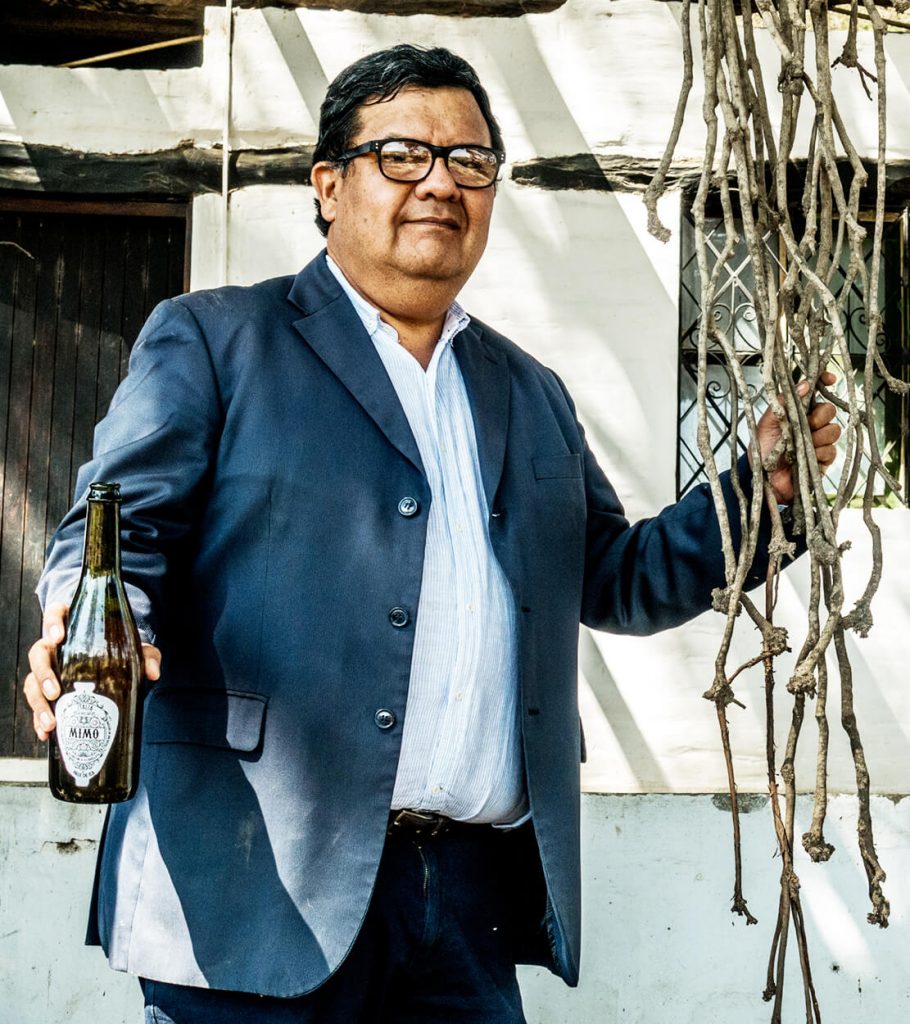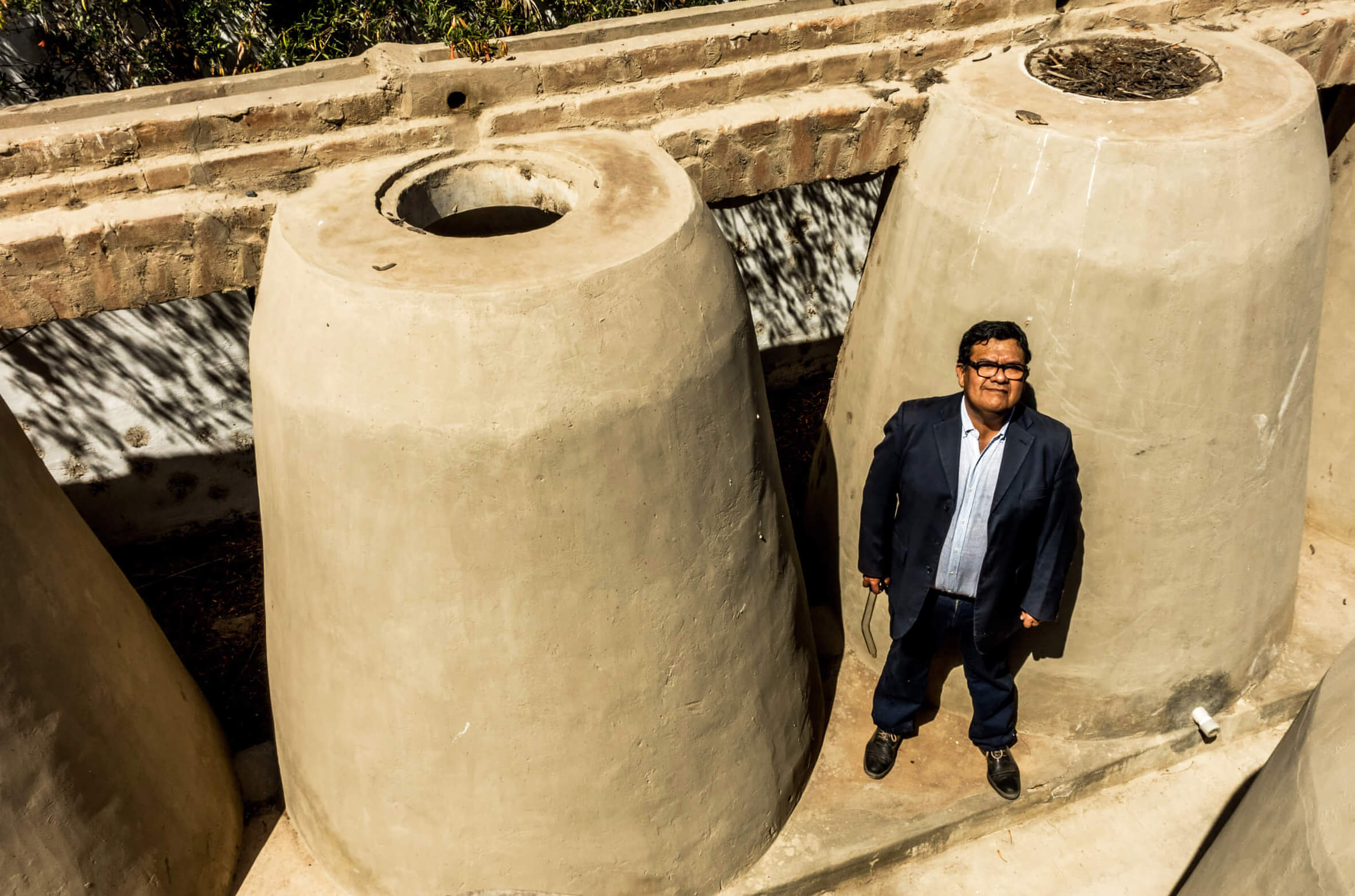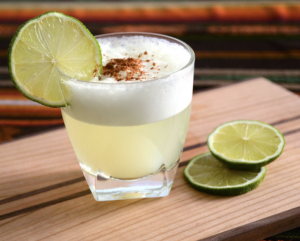Pisco Event
Peruvian Pisco by Jose “Pepe” Moquillaza
Phone
(310) 856-5488
Price
$$0
Overview
Su guía: Jose “Pepe” Moquillaza
Jose “Pepe” Moquillaza
What's This Class About?
- Aprenderás sobre la historia y el origen del pisco, uno de los aguardientes de uva más famosos del mundo.
- Comprenderás los procesos de elaboración de este fermento que luego es destilado.
- Conocerás los tipos de uva con los cuales se elabora el pisco y qué le aportan al resultado final en la copa.
- Pepe te ilustrará sobre las principales características del terroir de la región de Pisco, y cómo factores como el suelo y el clima afectan en el proceso de la elaboración del pisco.
- Descubrirás historias detrás de las personas que elaboran el pisco, desde los campesinos que recolectan la uva, pasando por los maestros pisqueros, comercializadores, y por supuesto, consumidores.
- Será una clase dinámica en donde Pepe compartirá todo su expertise y estará abierto para responder todas tus preguntas.
¡Porque el Pisco es la historia vida del Perú!
Jose “Pepe” Moquillaza , Liquid Storyteller del Perú
Why take this SommClass?
What kind of alcohol is pisco?
Pisco is a type of brandy, which is to say that it's a spirit distilled from wine or fermented fruit juice. Beyond that, it's far removed from, and in some ways even diametrically opposed to, the type of brandy that most people conjure up in their heads, namely, well-aged Cognac.
What does Pisco taste like?
Simply put, pisco is a type of brandy, or distilled grape wine. It's a clear(ish), higher-proof spirit, clocking in anywhere from 60 to 100 proof, and often features a fresh bouquet of aromatics and a touch of sweetness on the palate (though some piscos can taste more bitter or herbaceous).
Is Pisco like tequila?
Pisco is technically and unaged brandy obtained from the distillation of recently fermented Peruvian grape musts and juices. Some say its like Grappa because both are made from grapes. Others relate it to Tequila because of its similar herbal and almost earthy flavours.
What is Pisco similar to?
Gourmet Sleuth recommends substituting white tequila for pisco when making this beverage. White tequila works best as a direct substitute for non-aromatic piscos made from Quebranta grapes, according to the Latin Kitchen. It may not work as well if your recipe calls for a Mostatel or Italia-based pisco.
What is the best pisco?
Macchu Pisco ($27) Campo de Encanto Grand and Noble Pisco ($38) Barsol Primero Quebranta Pisco $28. Kappa Pisco $34. Frísco Unaged American Brandy $35.
Your host

Jose “Pepe” Moquillaza
How to participate
This experience is hosted online.
Once you book, you’ll receive an email with a link and details on how to join.
What to bring
Indispensable
Desktop computer or mobile phone
Stable internet connection
Optional
Pisco if available
Availability
Things to keep in mind
Communication
Always communicate through our support email (class@sommtable.com)
ID Please
You’ll need need to confirm you're legally over the age of 21 before accessing the classroom
Guest requirements
You’ll need an internet connection and the ability to stream audio and video to participate. A link and details on how to join will be included in your booking confirmation email.
More tips
Please make sure that you have the Zoom app (www.zoom.us) downloaded on your smartphone, computer, or tablet.
Cancellation policy
Any experience can be canceled and fully refunded within 48 hours of purchase
Class Led in Spanish
Clase dirigida en español





 Share
Share
Sample Comment
03 Aug 2025
Wine and food lovers, and travelers alike have illustrated genuine consumer goodwill by taking to the web to share their best and worst eating experiences. If you´re eager to share your hits and misses, here are some points to write a compelling restaurant review that cannot be ignored.
1) Offer Some Background
2) Give Both Pros & Cons comments
3) Name Specific wines and entrees
4) Evaluate the Entire Experience
5) Let Your Personality Shine Through.